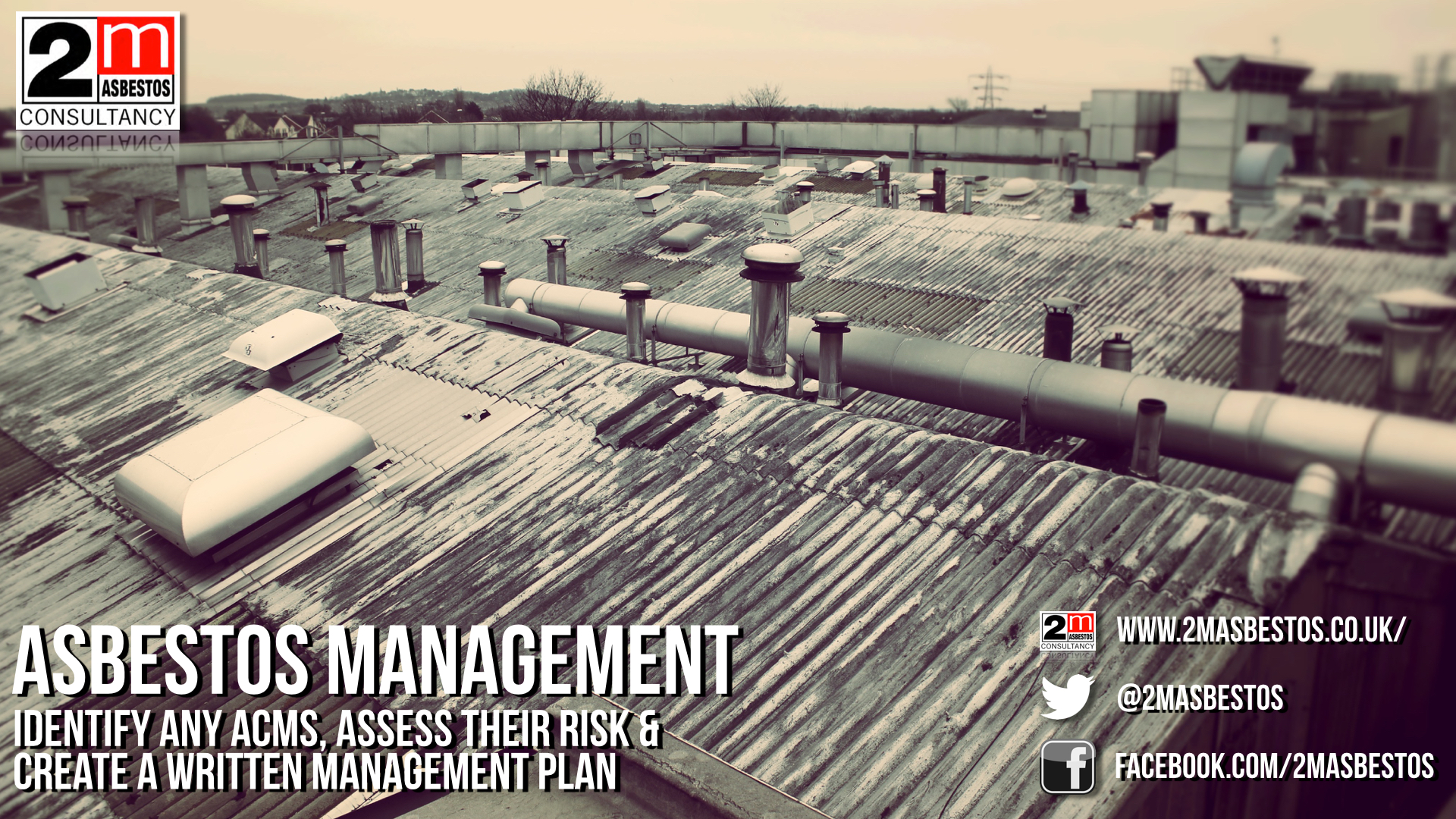The incidence of mesothelioma in Iceland today continues to rise, despite a nationwide ban on asbestos that began more than 30 year ago.
A recent study conducted in this Nordic island nation illustrates just how difficult it will be to end the worldwide horrors of mesothelioma and other asbestos-related diseases.
Banning asbestos — in any country — is not the panacea that many believe. It is only the beginning.
“We may have to wait another 20 years before we see a decrease in the rate of mesothelioma,” University of Iceland preventative medicine professor Dr. Vilhjalmur Rafnsson told Asbestos.com. “The rate has not yet peaked.”
Although asbestos was never mined in Iceland, vast amounts of the naturally occurring mineral were imported and used in manufacturing and construction throughout the 1970s and early ’80s. Mesothelioma is caused primarily by the inhalation or ingestion of microscopic asbestos fibers.
There is typically a lengthy latency period (20-50 years) between exposure to asbestos and diagnosis of mesothelioma.
Icelandic researchers used data from the nation’s cancer registry, Cause of Death Registry and its National Register.
Iceland Is Among Countries That Banned Asbestos
Iceland banned asbestos imports in 1983. It is one of 58 countries that banned the toxic mineral. The U.S. is not one of them, although there is considerable pressure to join.
University researchers, Iceland’s Occupational Safety and Health Administration and the Centre for Health Security and Communicable Disease Control conducted the study published last month in the Journal of Occupational Medicine and Toxicology.
The study found the incidence rate of mesothelioma in Iceland increased significantly since the late 1970s. For example, from 1975 to 1984, it was 4 cases per million. The latest figures from 2005 to 2014 place the incidence rate at 21.4 cases of the cancer.
By comparison, the incidence rate in the U.S. has remained steady in recent years at an estimated 14 cases per million.
“The ban against the import of asbestos does not solve the problem,” Rafnsson said. “We still have much work to do.”
Iceland’s importation of asbestos in 1979 was 700 tons. It peaked in 1980 with 3,500 tons. After that, it continued to drop by almost 1,000 each year until it was banned in 1983.
The flood of asbestos entering the country coincided with an extensive construction boom that required large amounts of asbestos cement.
The importation was limited for the next six years, but it rose again when manufacturers exploited more exceptions to the law and more than 500 tons annually were imported from 1990-1994.
Vigilance Is Still Needed
In the last 20 years, Iceland experienced negligible asbestos importation, but deaths attributed to mesothelioma reached a high of 27 per million in 2014 — the last year available in the study.
Men represented 79 percent of all cases, and nearly two-thirds were pleural mesothelioma, the most common type of the disease.
The study shows the asbestos ban has helped, but the continued presence of asbestos products in Iceland is still a danger. It remains in dozens of currently used products, myriad structures and equipment.
The maintenance, renovation and removal of asbestos-containing products may continue to fuel the high rate of disease in the coming years, according to the study.
Rafnsson also emphasizes the less than adequate regulations regarding the proper disposal of asbestos products.
“One of the unsaid purposes of the study was to bring attention to the cancer risk related to asbestos exposure,” Rafnsson said. “The ban is one of the preventative measures carried out to protect the general public against asbestos risks, but other preventative measures to certain occupations and work places are just as important.”
Source: Tim Povtak, Asbestos.com



